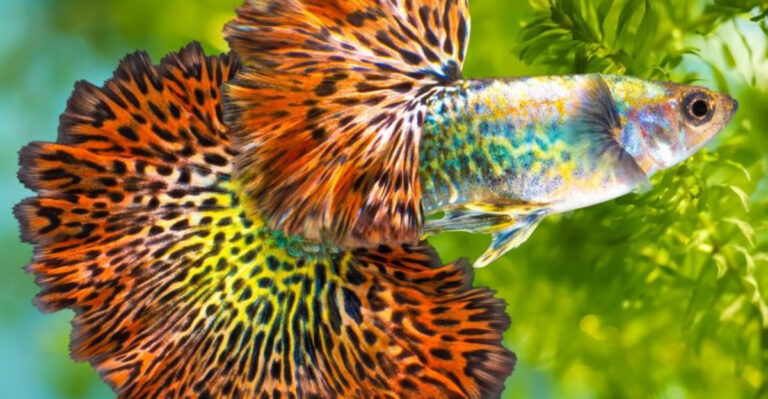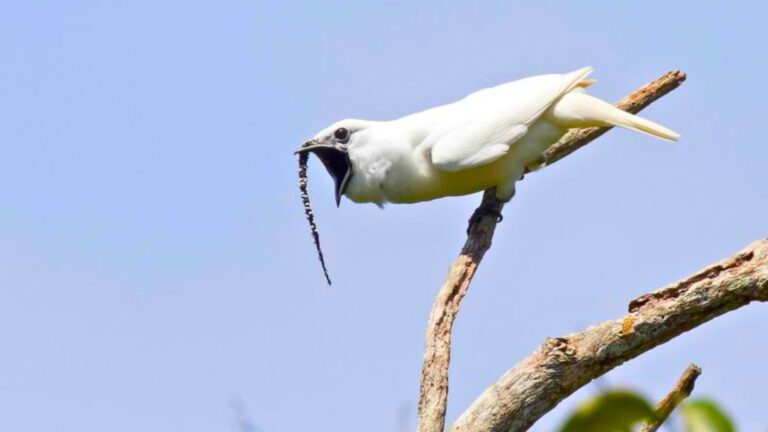16 Wild Cat Species Fighting For Survival In Their Disappearing Habitats
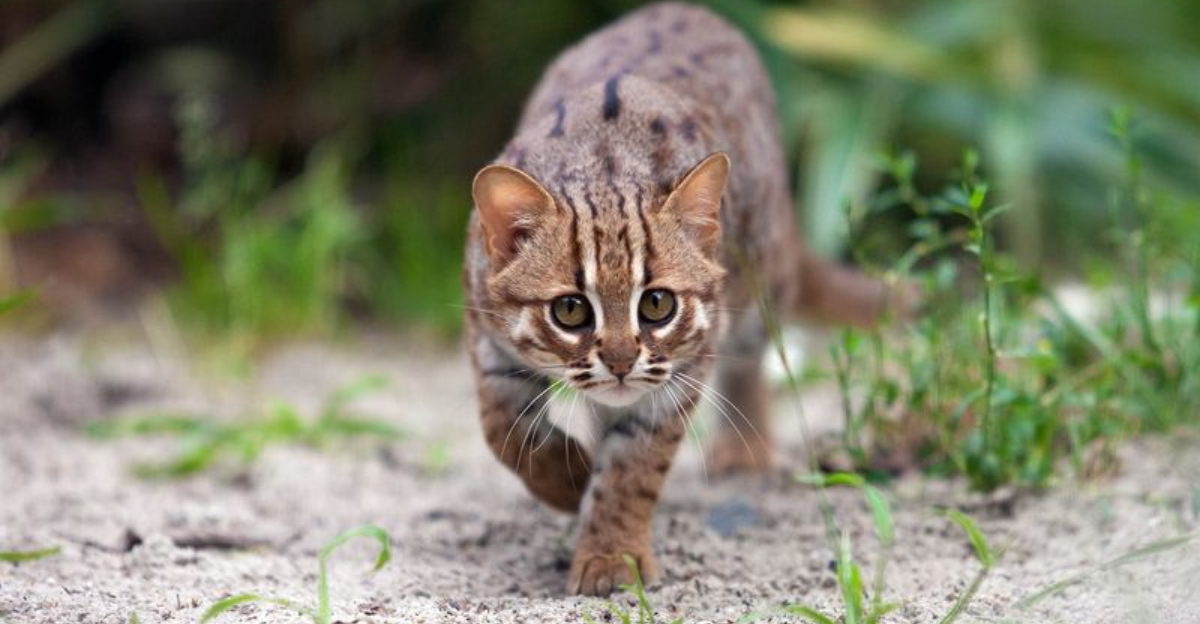
Wild cats are among the most enigmatic creatures roaming our planet. From the dense rainforests of South America to the vast savannas of Africa, these majestic animals are facing unprecedented threats to their existence.
Habitat loss, human-wildlife conflict, and poaching are pushing many species to the brink of extinction. This article introduces you to the wild cat species that are fighting for survival in their rapidly disappearing habitats.
We delve into the unique characteristics, habitats, and the challenges each species faces in the modern world, shedding light on the urgent need for conservation efforts.
1. Amur Leopard
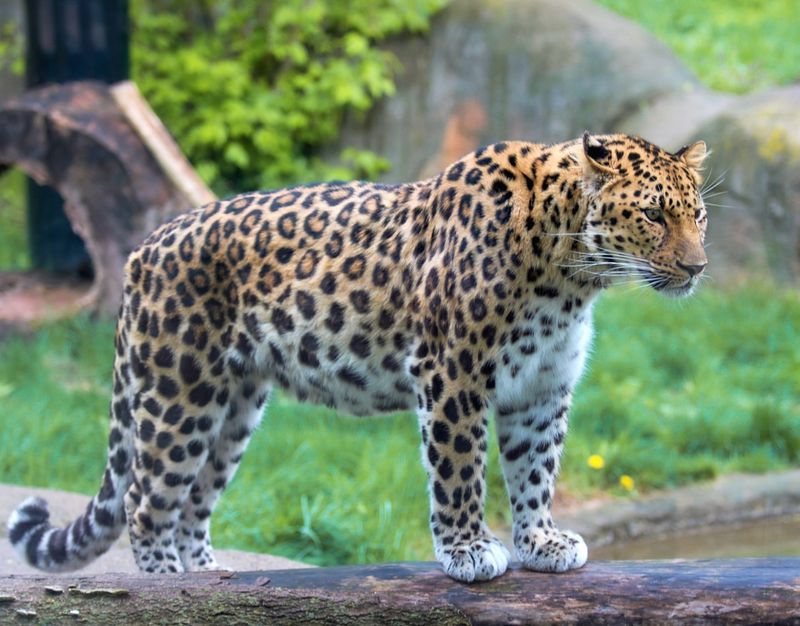
The Amur Leopard, a captivating wild cat, roams the temperate forests of the Russian Far East. With its stunning rosetted coat and robust build, this elusive feline is a master of stealth. Unfortunately, its beauty has led to its downfall, with poaching and habitat destruction severely diminishing its numbers.
Conservationists are working tirelessly to preserve its habitat and increase its population. Together, let’s hope for a future where the Amur Leopard thrives once more, free from the threat of extinction.
2. Snow Leopard
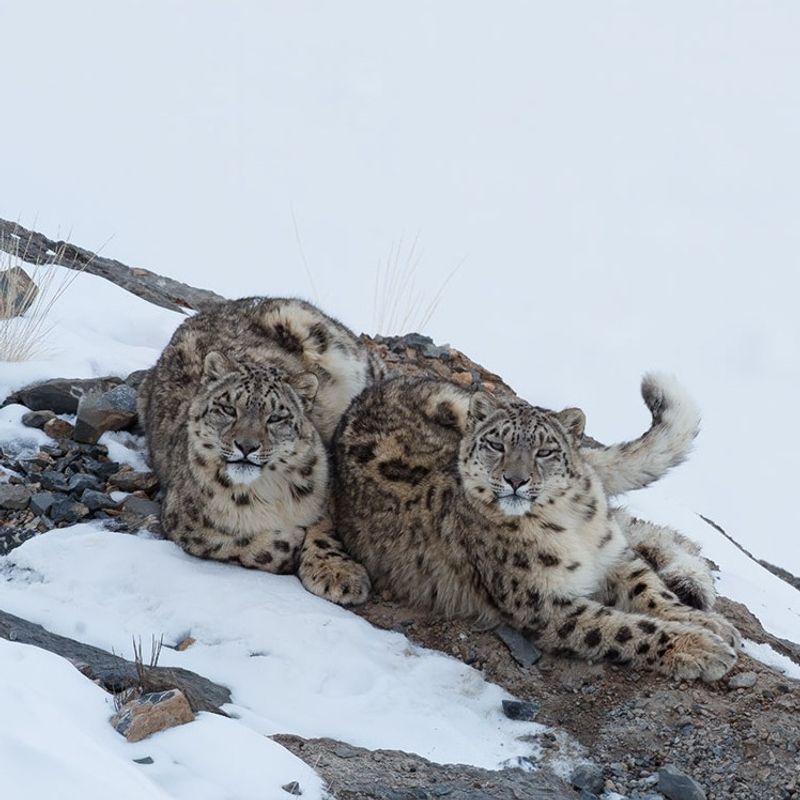
Snow Leopards grace the rugged mountains of Central Asia. Their thick fur and long tails protect them from the harsh cold. Though perfectly adapted to their environment, they face threats from poaching and loss of prey.
Conservation programs focus on community involvement to protect these magnificent creatures. By understanding the importance of coexistence, local communities play a crucial role in ensuring a future for the Snow Leopard.
3. Iberian Lynx
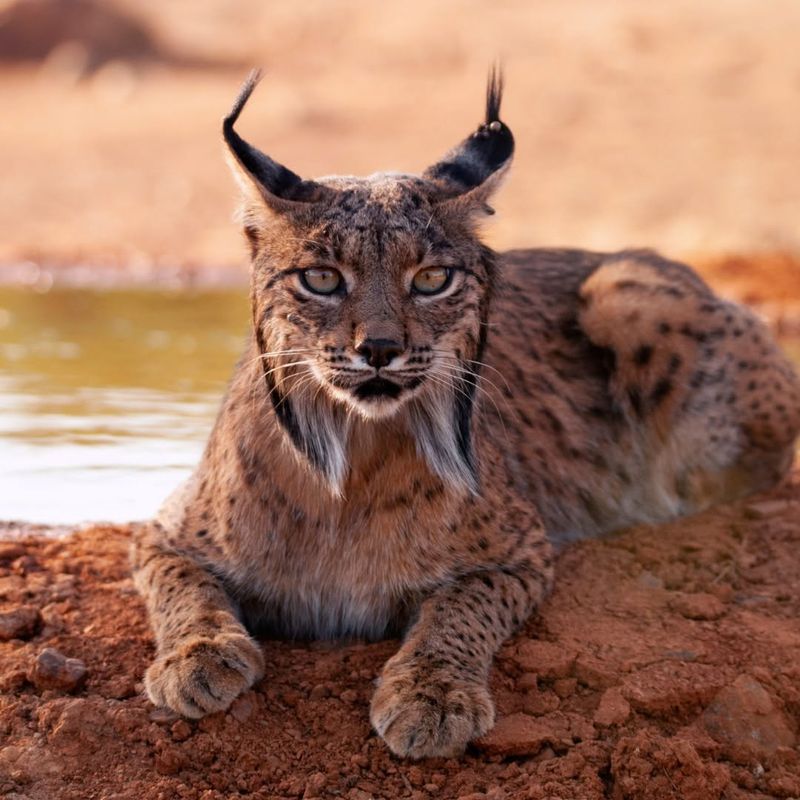
Iberian Lynxes, with their striking tufted ears and short tails, inhabit the Iberian Peninsula. Once on the brink of extinction, their numbers are slowly recovering through dedicated conservation efforts. Habitat loss and a decline in prey are ongoing challenges.
Efforts to restore rabbit populations, their primary food source, are critical. The survival of the Iberian Lynx depends on continued collaboration between conservationists and local communities.
4. Borneo Bay Cat
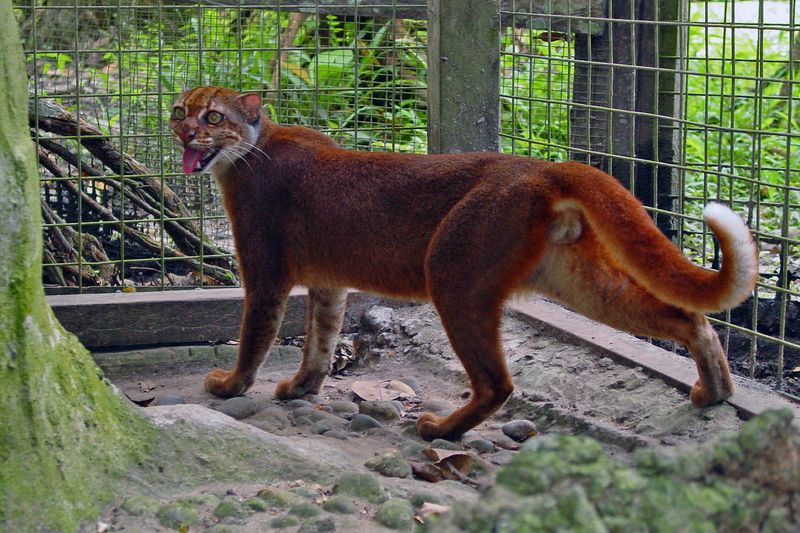
Borneo Bay Cats are one of the least known wild cats, residing in the rainforests of Borneo. Their elusive nature and rarity make them a subject of intense scientific interest.
Unfortunately, deforestation poses a severe threat to their existence. Conservationists strive to understand their behavior and protect their diminishing habitat. It’s crucial to raise awareness about the Borneo Bay Cat’s plight to ensure its survival.
5. Fishing Cat
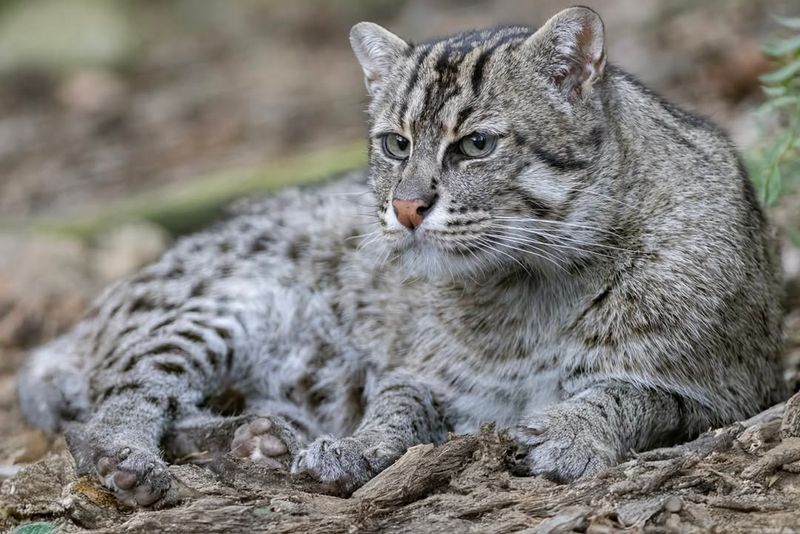
Fishing Cats, expert swimmers, are found in South Asia’s wetlands. Their partially webbed feet aid in hunting fish, their primary diet. Sadly, wetland degradation and human encroachment endanger their survival.
Conservation efforts focus on habitat restoration and creating awareness among local communities about their ecological importance. Protecting fishing cats means preserving the wetlands vital for biodiversity.
6. Black-Footed Cat
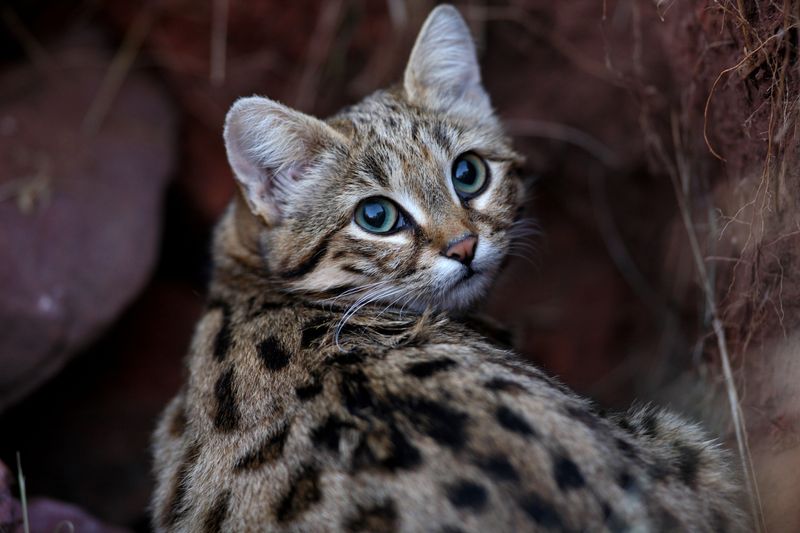
The Black-footed Cat, Africa’s smallest wild feline, is a nocturnal hunter. Its agility and keen hunting skills make it a formidable predator despite its size. Habitat loss and rodenticide use are major threats.
Conservationists emphasize the importance of preserving its natural habitat and controlling rodent populations sustainably. Raising awareness about this lesser-known cat can contribute to its conservation.
7. Pallas’s Cat
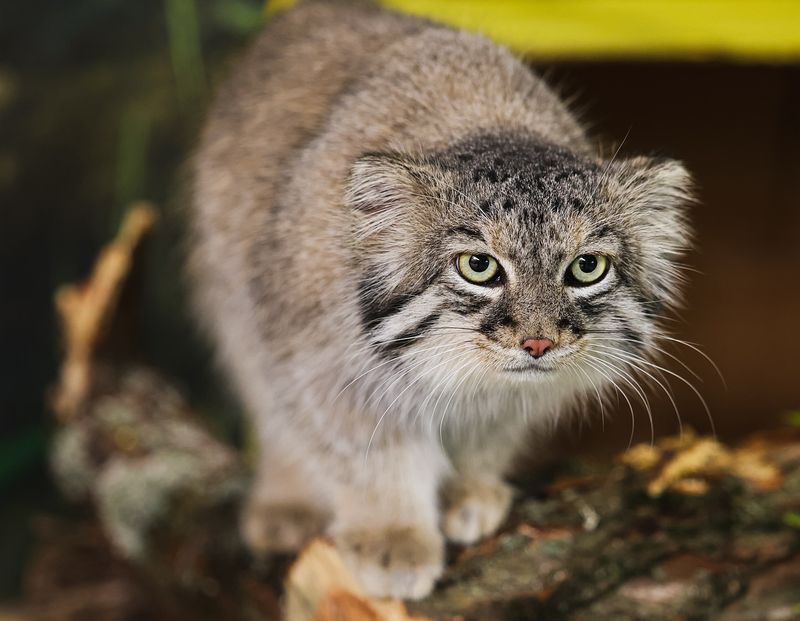
Pallas’s Cat, with its dense fur and round face, inhabits the cold steppes of Central Asia. Adapted to extreme climates, it faces threats from habitat disruption and hunting. Conservation efforts focus on habitat protection and minimizing human impact.
Understanding the ecological role of Pallas’s Cat is essential for its conservation. It’s a symbol of the delicate balance in its ecosystem.
8. Flat-Headed Cat
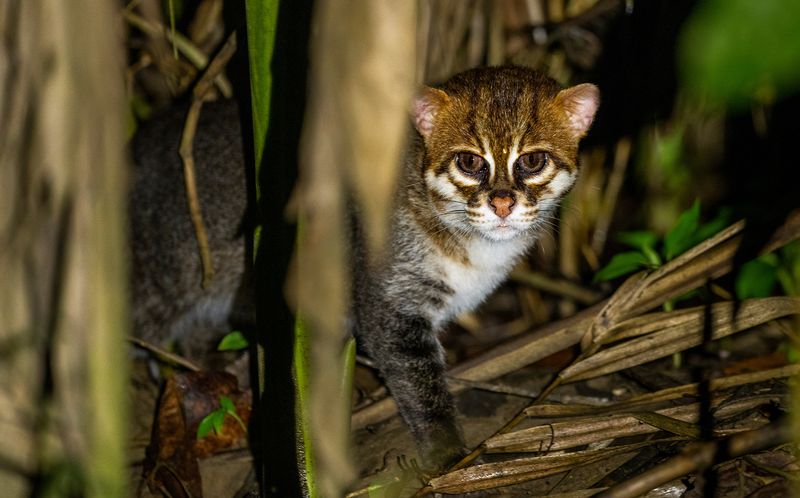
Flat-headed Cats, with their unique cranial shape, are native to Southeast Asian riverbanks. Their semi-aquatic lifestyle is threatened by water pollution and habitat destruction.
Conservation initiatives aim to safeguard their riverine habitats and promote sustainable practices. Protecting the Flat-headed Cat ensures the health of aquatic ecosystems they depend on.
9. Andean Mountain Cat
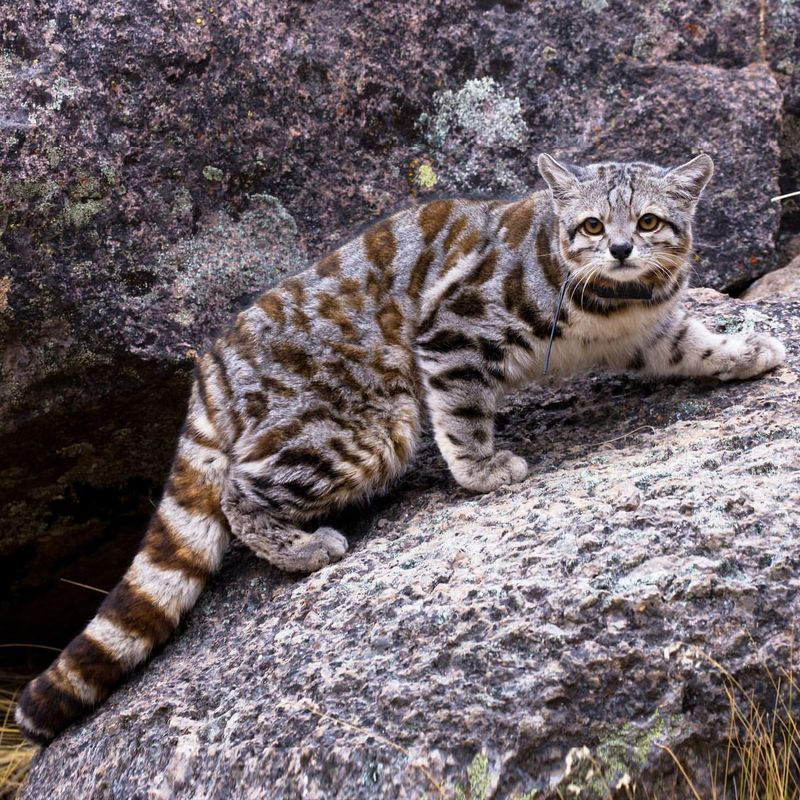
The Andean Mountain Cat, one of the rarest wild cats, inhabits the Andes. Its ghostly appearance is camouflaged against rocky terrains.
Unfortunately, mining and agriculture threaten its habitat. Collaborative conservation projects are vital for its protection. Raising awareness about the importance of preserving its natural habitat can aid in its survival.
10. Canada Lynx
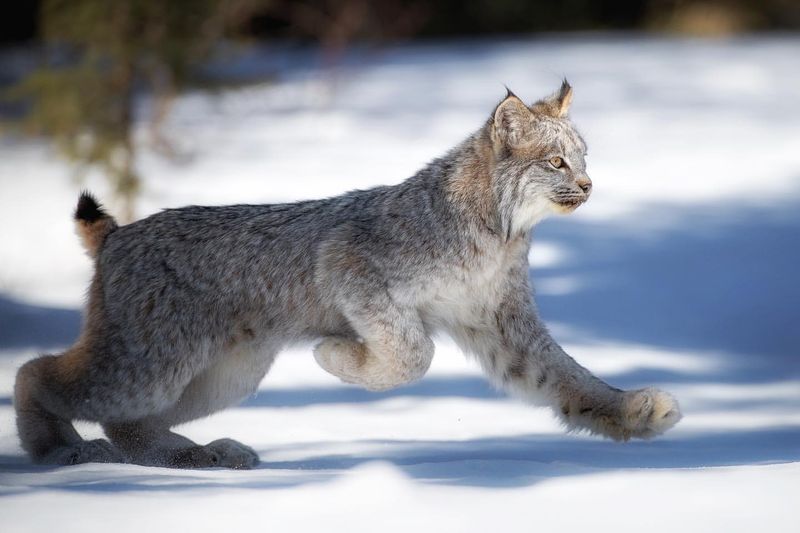
The Canada Lynx, with its tufted ears and thick fur, roams the northern forests of North America. Known for its hunting prowess, it primarily preys on snowshoe hares. Habitat fragmentation and climate change pose significant risks.
Conservation strategies focus on habitat connectivity and climate adaptation measures. Supporting these efforts can help maintain the ecological balance in its habitat.
11. Rusty-Spotted Cat
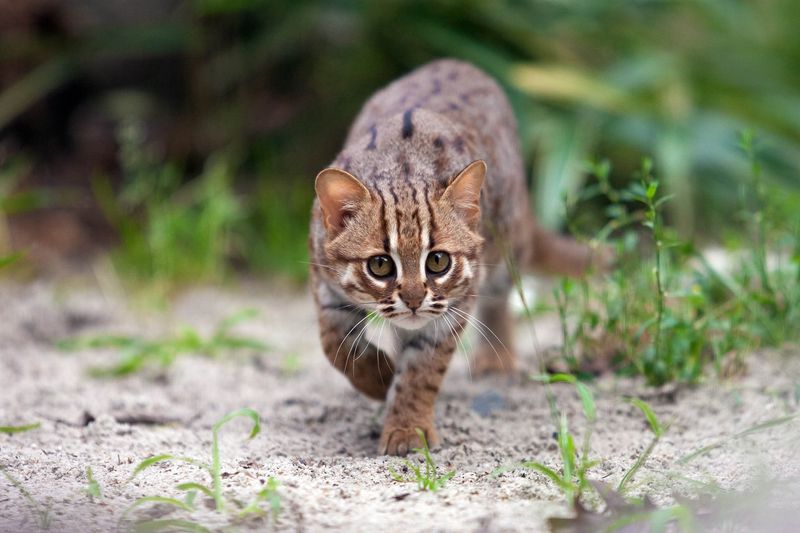
The Rusty-spotted Cat, one of the smallest felines, is native to India and Sri Lanka. Despite its diminutive size, it is a skilled hunter. Habitat loss and deforestation threaten its existence.
Conservationists are working to protect its habitat and ensure its survival. Raising awareness about this charming cat can enhance conservation efforts.
12. Margay
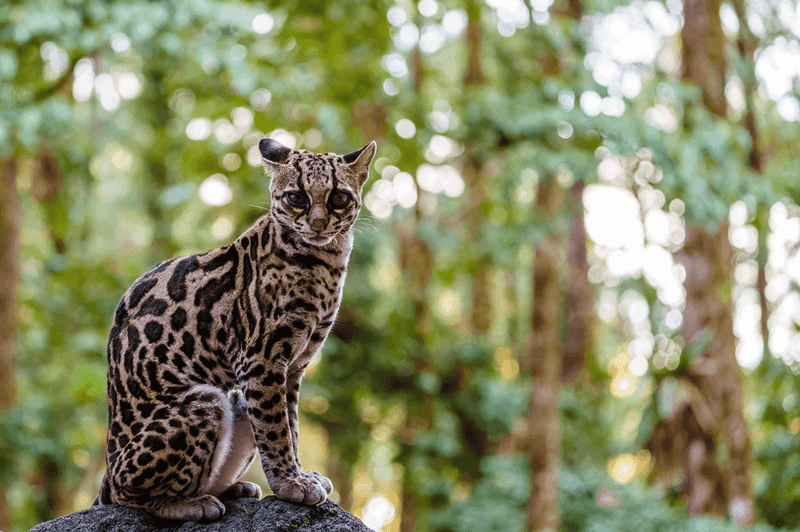
Margays, with their remarkable climbing abilities, inhabit the dense forests of Central and South America. Their arboreal lifestyle is threatened by deforestation. Conservation efforts aim to protect forest habitats and promote sustainable land use practices.
Understanding the Margay’s ecological role can enhance efforts to preserve its environment. This small cat is a testament to nature’s adaptability.
13. Serval
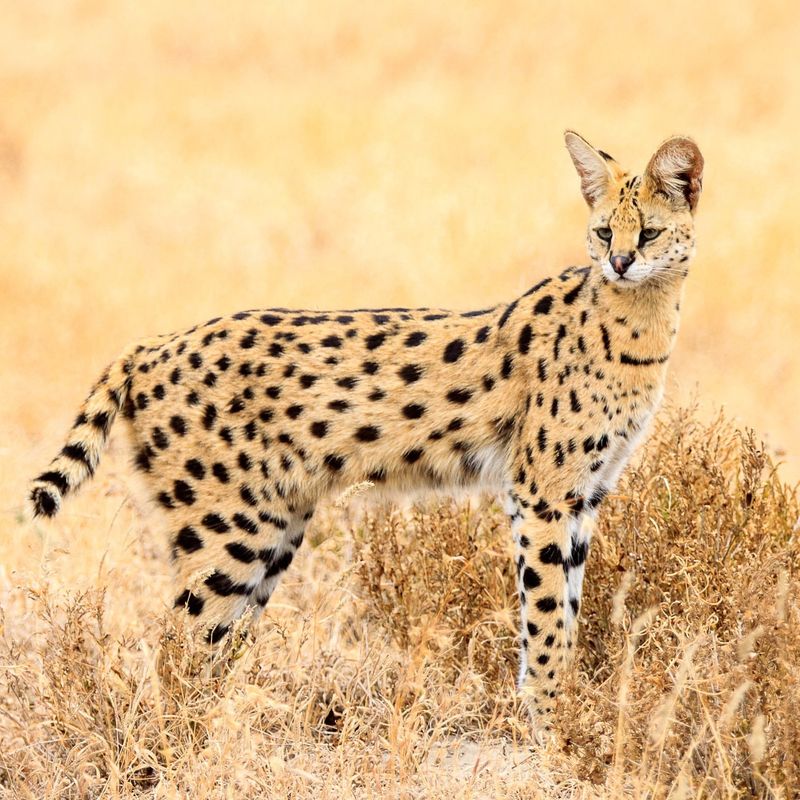
Servals, with their long legs and large ears, are native to the African savanna. Their spotted coats and agile movements make them effective hunters.
However, habitat loss and hunting for their pelts pose threats. Conservation strategies focus on habitat preservation and reducing human-wildlife conflict. Educating communities about the Serval’s role in the ecosystem is crucial for its survival.
14. Jungle Cat
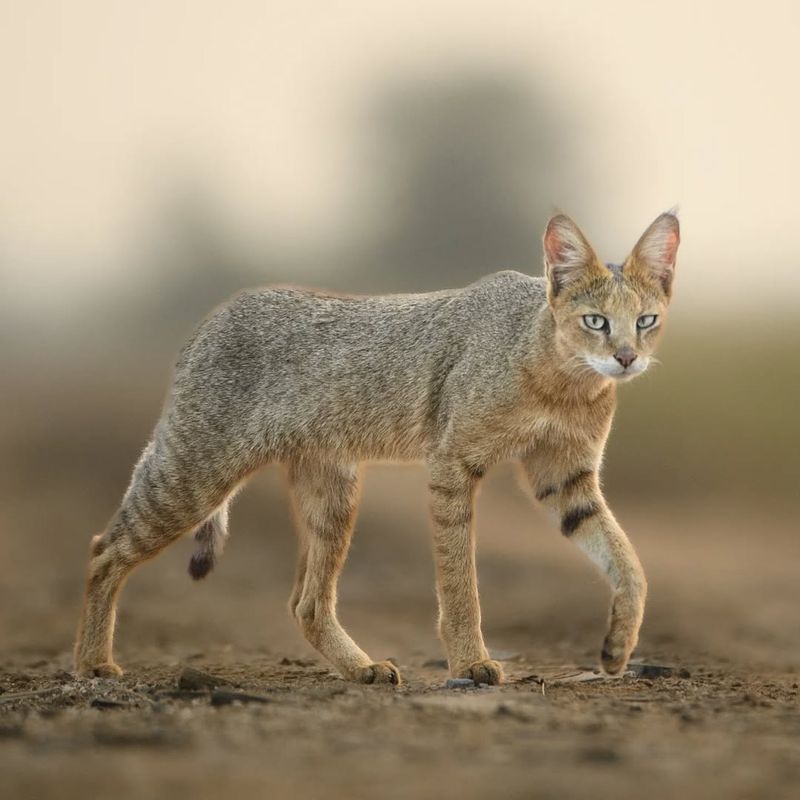
The Jungle Cat, found across Asia, is a versatile hunter. Its adaptability to different environments is noteworthy. Despite this, habitat destruction and human-wildlife conflict threaten its existence.
Conservationists emphasize habitat conservation and conflict resolution measures. Protecting the Jungle Cat ensures the health of its diverse habitats.
15. Sand Cat
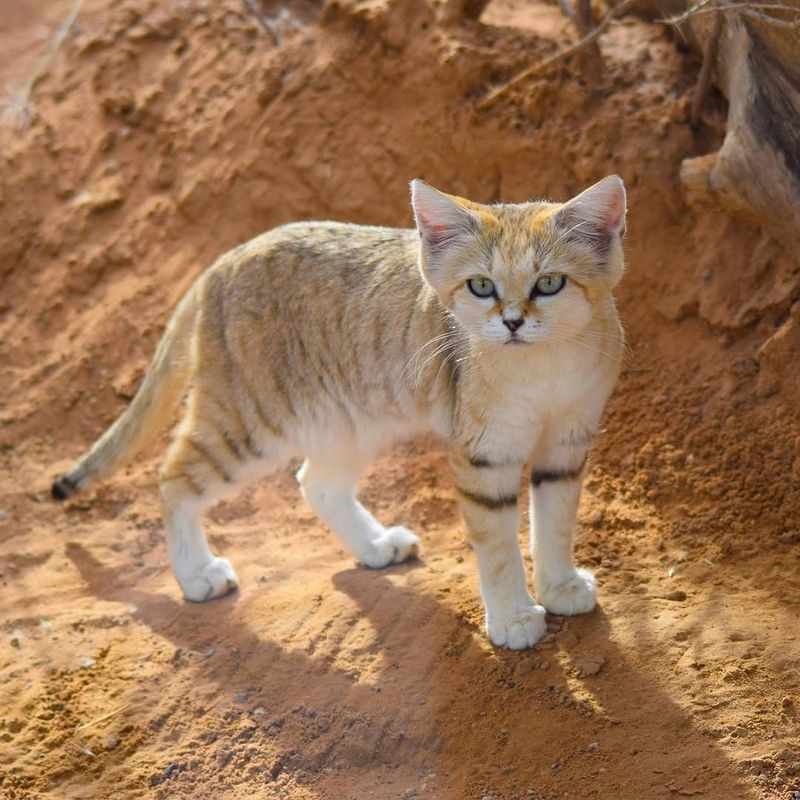
Sand Cats, perfectly adapted to desert life, inhabit North Africa and the Middle East. Their pale coats blend with sandy environments. Despite their hardy nature, they face threats from habitat degradation.
Conservation efforts focus on habitat protection and educating local communities. Understanding their unique adaptations can aid in their conservation.
16. Asiatic Golden Cat
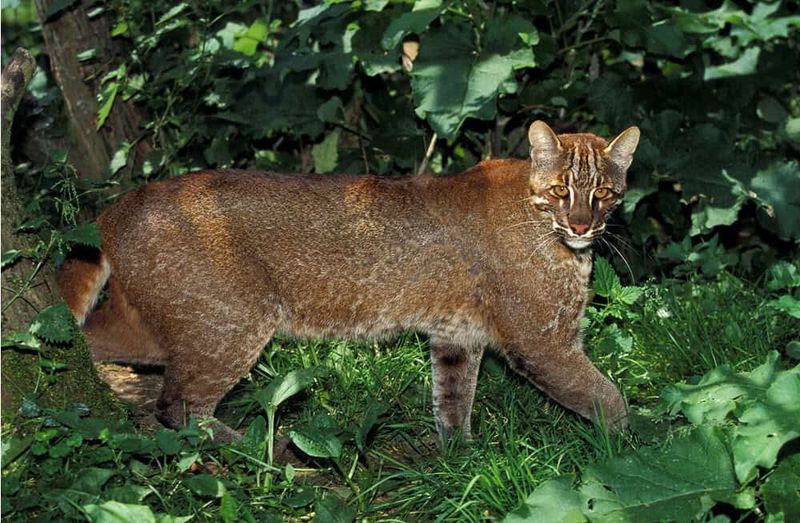
Asiatic Golden Cats, with their striking coats, roam the tropical forests of Southeast Asia. Their adaptability allows them to thrive in various environments. However, habitat loss and poaching pose significant threats.
Conservation initiatives aim to protect their habitats and promote anti-poaching measures. Supporting these efforts can help preserve the biodiversity of their ecosystems.

